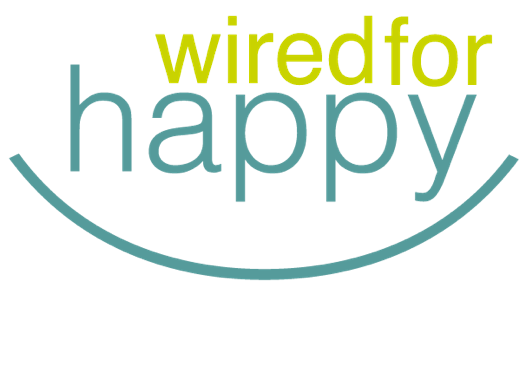When it comes to managing worries, one of the hardest things is knowing where to begin.
Should I focus on positive thoughts or thought-stopping?; Do I do deep-breathing, or do something to distract myself?; Maybe I need a therapist, or maybe I need meds?; Is it better to face my fears, or avoid them until I’m ready. (Hint: that last line rhymes with “never a good idea.”).
Whether venturing into psychotherapy for the first time, or choosing the self-help route to calm your anxious mind, three skills will help you master your emotions quicker. A critical part of change is recognizing the strong pull to revert back to the same unhealthy behaviors when you’re under stress. Tackling the front lines of stress-relief means introducing the following foundational skills to start your calm plan.
A Self-Awareness System. Self-awareness embodies the cornerstone of emotion intelligence (EQ). Being self-aware means you recognize your thoughts, feelings and emotions as they unfold, and you can view your behaviors without attachment to whether they are wrong or right. This ability to see yourself within your environment means you’re gathering collateral information about events, and not basing your observations solely on your own opinions. Recognizing your vulnerabilities and distressing emotions allows you to pause, assess, and make informed decisions about how to proceed (rather than impulsively react).
A series of research studies published in Europe’s Journal of Psychology (EJOP) found:
The importance of self-awareness goes beyond well-being and mental health to include substantial impacts on day-to-day functioning. It has important effects on performance, with reflection and mindfulness encouraging persistence with tasks despite performance-related stress and rumination related to interpersonal difficulties.
A Calm Course of Action. When you’re in a stressful state, it’s imperative to have tools to slow your mind and body. Think “brain breaks” or whatever words or phrases help you implement calming techniques. Common exercises include slow, deep-breathing, closing your eyes to block out unwanted stimulation, meditation, or talking to a trusted friend or family member. The good news is calm is an inside wp themes job, so choose what techniques are effective for you. Click here for a resource with a multitude of soothing options.
A Relaxation Routine. Making intentional efforts throughout the day to carve out time for relaxation will help you reset quicker. Doing so means you’re not playing defense and waiting until problems arise to try and calm your mind and body. On the contrary, playing offense means planning ahead because you’re aware that you struggle with feelings of panic, frustration tolerance and runaway negative thoughts. Scheduling relaxation activities in advance allows you to practice calming techniques before your emotions get the best of you. For an added bonus: Practice mindfulness and other wellness activities when you’re rested and happy, too, so you develop nice, healthy habits.
When it comes to changing your worried ways, you need a guide to manage anxiety, so it does not manage you. You can have the greatest psychotherapist or the latest self-help bestseller, however, the lessons learned will be long in coming without a quiet mind and steady central nervous system. A jumping-off point which incorporates self-awareness, a calm plan, and a relaxation routine can start you on the right path toward long-lasting behavioral changes.
*****
Thank you for being here.
Yours in calm,
—Linda Esposito








